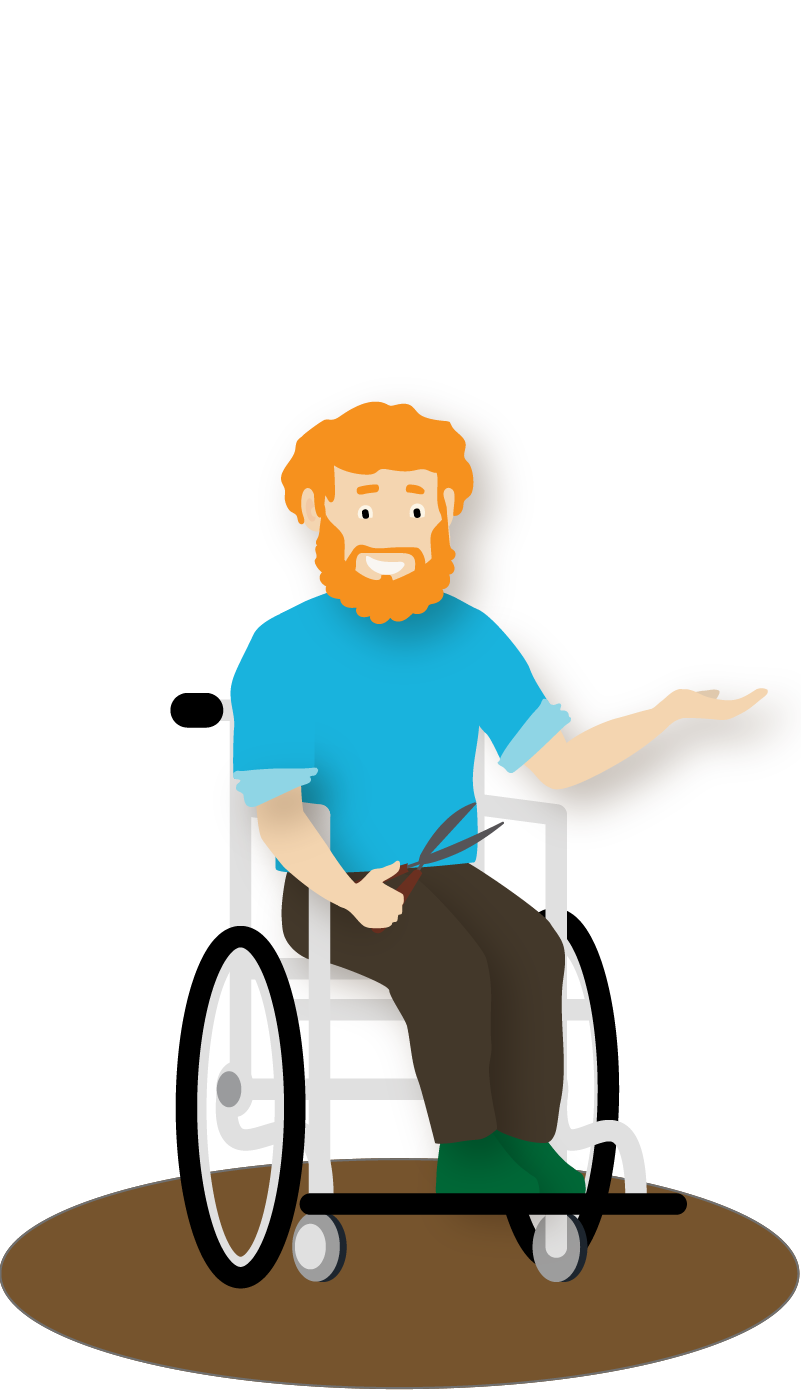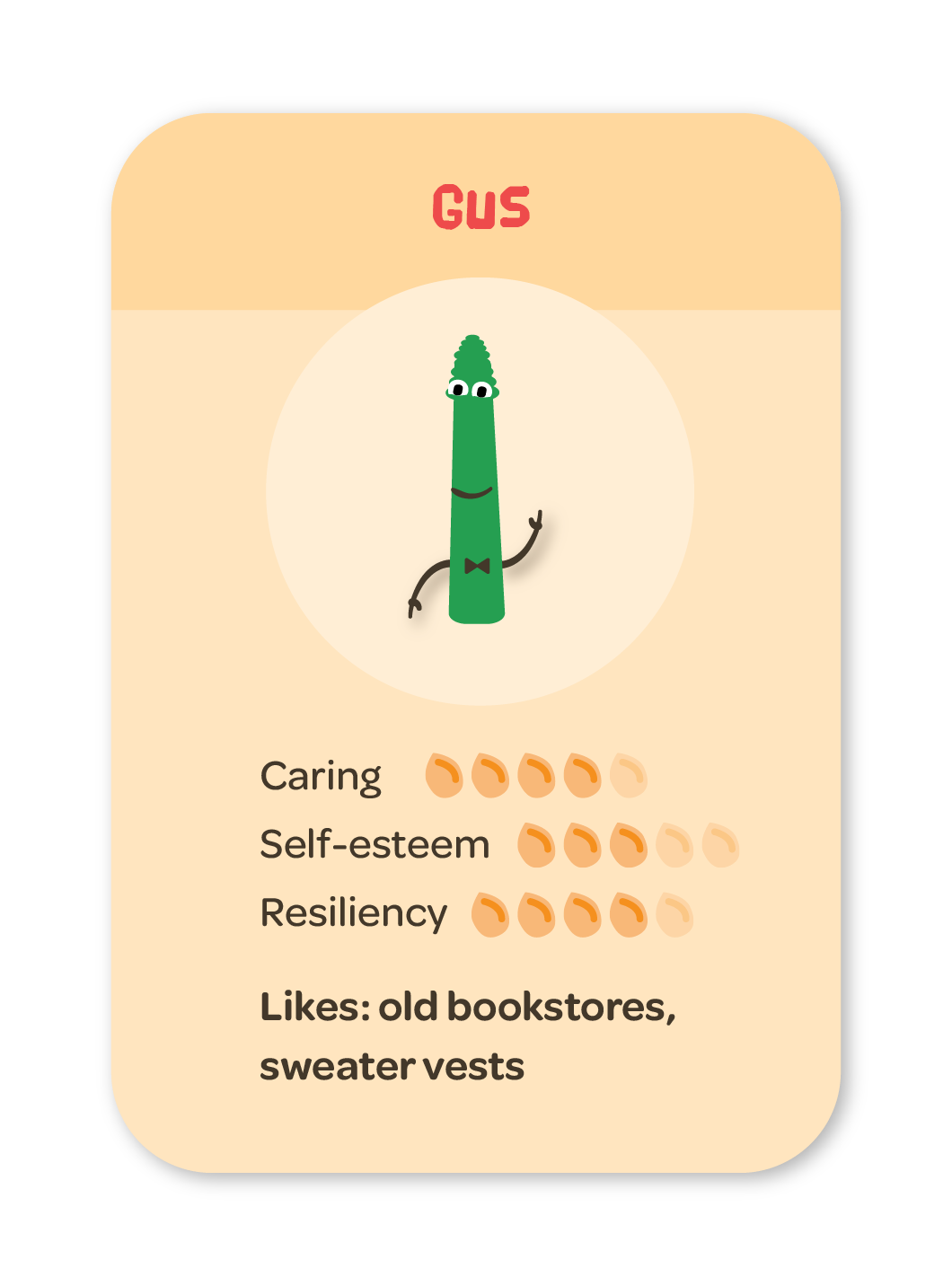Welcome to our lesson on redo
- In this section, you will learn
- What a redo is
- Why a redo is important
- How to use a redo to improve behaviors

Redo overview
What is a redo?
- An chance to try again.
- After a negative behavior, an instruction to do it again in a better or more helpful way.
- A chance to acknowledge and fix a mistake.
- A way to correct behaviors without punishment.
A redo works best when treated as a chance to learn, not as punishment.
WHAT DOES A REDO look AND SOUND LIKE?
Child throws a toy in the box.
- Caregiver takes the toy out of box and places it in front of child. Caregiver calmly says, "Oops. Try again. Please put this away gently." Then they give lots of praise for doing it gently.
Child runs into the playroom.
- Caregiver walks the child out of the room. Caregiver says, "When you walk into the playroom, then our special playtime will begin." Then they give lots of praise for walking.
Child starts yelling as they speak.
- Caregiver quietly says, "We use our inside voices inside. When you speak quietly, then I can help you." Then they praise and reflect the child's calm, quiet words.

Redo live in action
Why is a redo important?
Click below to read more:
Everybody makes mistakes. When we redo, we acknowledge and then fix our mistakes without punishment or criticism.
As a caregiver, you can model a redo by acknowledging your mistakes out loud (“Oops. I forgot to get forks for dinner.”) and fixing them (“I’m going to redo and get the forks now.”).
Children often act without thinking or act out of big emotions. A redo lets them know that their behavior was not ok but also that you trust that they can do a better job.
A redo teaches your child about accountability. They learn, “If I make a mistake, my caregivers will help me do better.” This is much better than, “If I make a mistake, bad things will happen.”
A redo allows a child to complete a task the correct way or with a good attitude. This helps them learn how to do the things you want them to do.
A redo takes away the need for punishment when your child doesn’t do things the the way you want them done. Instead, your child gets another chance, and you can focus on praising positive behaviors.

When and how should I use a redo?
Learn how a redo can be used by selecting a specific difficult behavior below.
More: Learn how a redo can be used by selecting a specific positive behavior/goal below.
Pay attention to your words
Click below to read more:
Make sure to keep your voice calm or even playful when using a redo. This helps you avoid criticizing and creating a power struggle. Then, be sure to praise the correct behavior.
Remember, a redo is not punishment. It is a chance to try again.

Caregiver Voices
Other caregivers share how they use redo at home:
How would you redo?
Question #1
Question #2
Your child is learning to write letters and has very messy writing.
Question #3
Your child runs out to the car without their backpack for school.
Ideas for fun redo activities
Choose a relatively short and easy activity that you and your child can complete in a few minutes (for example: a puzzle, building a tower, 3-legged race). Time yourselves. Then redo and try to beat your time.
My plan for REDO
Think about how you can use a redo at home.
Hooray! You've learned a new skill: Redo

Login/Enroll to track your progress and mark this lesson complete.



